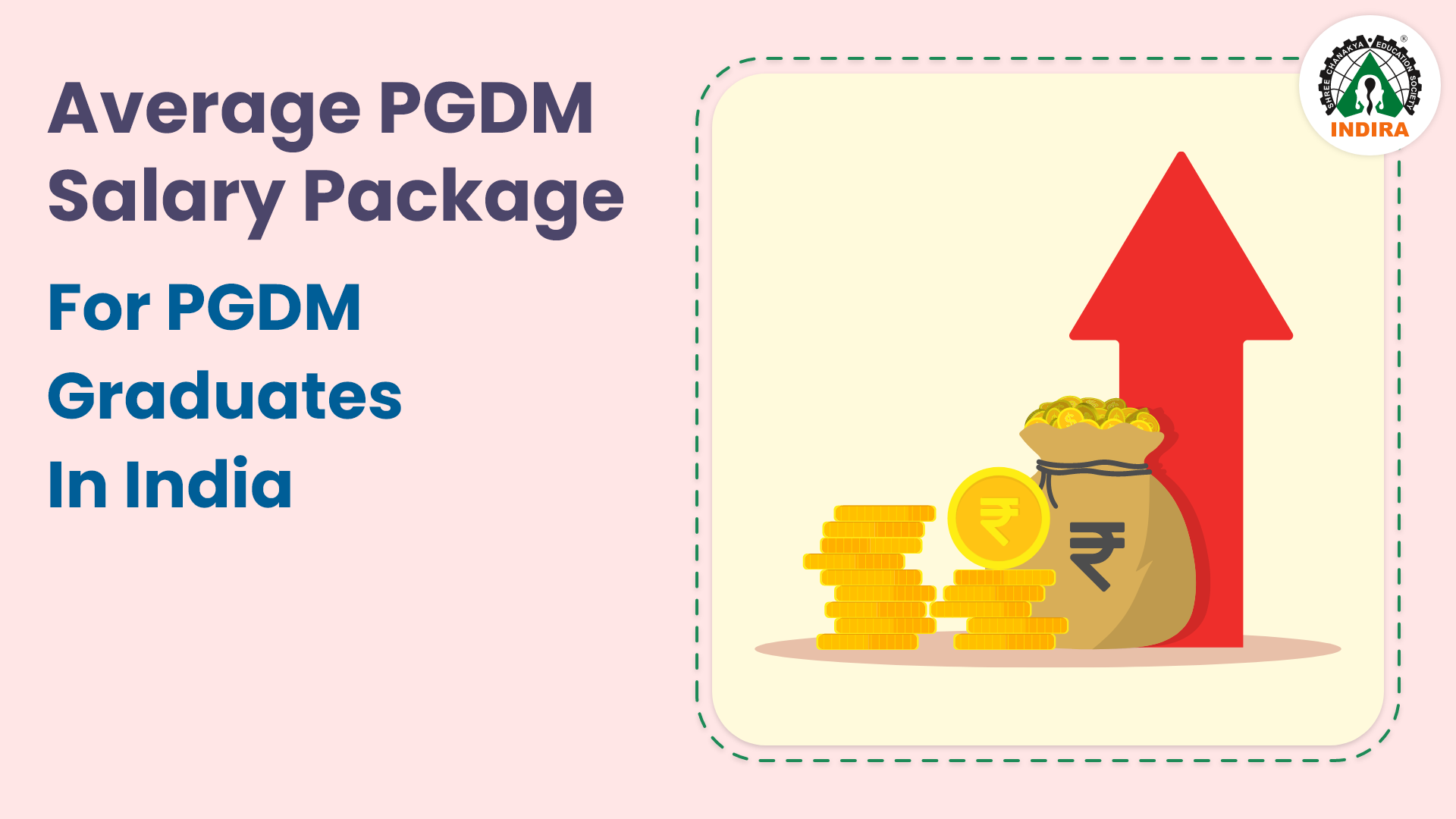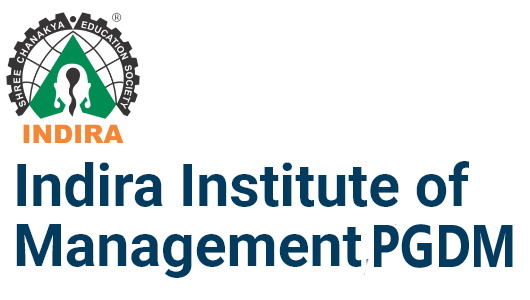The choice of where to apply is important as the admissions season is currently underway. However, a person's profile, objectives, and prerequisites all play a role in the decision between management institutes. The next step is to navigate the maze of available MBA courses. However, one's decision can be guided and narrowed down by clear logic and reasoning. We'll look at the important distinctions and suggestions between two well-known MBA formats, PGDM (Post Graduate Diploma in Management) and PGPM, to assist students to decide what's ideal for them (Post Graduate Programme in Management).
The primary distinction between the PGDM and PGPM
For beginners seeking a management career, the Post Graduate Diploma in Management (PGDM) is a two-year MBA program. Upon successful program completion, the candidate receives a diploma.
A one-year MBA program called Post Graduate Program Management (PGPM) is targeted at and appropriate for experienced aspirants. In essence, it is comparable to the PGDM, and those who successfully complete it are eligible to get a certificate.
In the preceding section, we covered the course overviews for both of these programmes. Let's determine the differences based on certain parameters at particular levels. Here, we evaluate the two courses using a variety of indicators to determine their differences.
PGDM vs. PGPM: Course Qualifications
PGPM: To enroll in a PGPM course, a student must have passed an admission exam like the GMAT, CAT, CMAT, or XAT. The PGPM program uses these entrance exams as a gauge. The sort of exam differs depending on the institute, therefore it's best to check the entrance exam for eligibility before preparing for one. Additionally, the course mandates that students pass a written test, a group discussion exercise, and an interview.
PGDM: In order to be admitted to the PGDM course, students must pass the CAT exams. Given that it is a full-fledged master's degree, applicants must complete and pass the CAT exam. To ascertain their eligibility, individuals must also take a written exam, participate in a group discussion, and undergo additional interview exams.
PGDM vs. PGPM: Curriculum
PGPM: The PGPM has a shorter curriculum than the PGDM because it only lasts one year. To advance the pupils further, PGPM focuses on the current modern scenarios and practical skill sets. The course's design incorporates a distinct viewpoint and is strongly infused with practical experience. Financial Accounting and Reporting, Corporate and Management Finance, International Finance, Corporate Law and Business Laws, Ethics in Business Environment, and Data Visualization are some of the topics that are heavily stressed in this course.
PGDM: The two-year PGDM program is a full-fledged course. As a result, the course's basic coverage is substantially more than that of the PGPM course. Four semesters of six months each comprise the course framework. These first three semesters concentrate on providing students with a thorough education, while the fourth semester emphasizes hands-on experience. Finance, Marketing, Business Marketing, Operations Management, Human Resource Management, Information Systems and Management, Strategic Management, Data Analysis, and other topics are among the most important course topics for students.
PGDM vs. PGPM: Employment Prospects
There is a significant difference in the job chances offered by the PGDM and PGPM programs. In PGDM courses, students can anticipate good career roles and pay, but they are constrained by their lack of prior work experience. Because they have more experience and hence more prospects, PGPM students can pursue higher responsibilities.
Given that the PGDM program lasts for two years, full-time, there is also the possibility of placements after graduation. The market will not provide freshmen students prospects for higher managerial positions; instead, they will only find jobs that are on par with their skills.
However, the PGPM program mandates that students have work experience, which alters their placement choices. If these students are not sponsored by the industry, they may be hired into higher managerial roles and paid more.
PGDM vs. PGPM: Salary
Students in PGDM programs typically start off in lower managerial tracks. Their employment responsibilities are less extensive, and they can anticipate lower-end compensation. Their field of specialization, employment duties, and profile all play a role in this. Students in the PGPM program might request compensation that is at least 25% greater.
| Job/ Role | Salary |
|---|---|
| Human Resource Manager | INR 7.7 LPA |
| Operations Manager | INR 8.28 LPA |
| Business Development Manager | INR 7.43 LPA |
However, within a year of finishing a PGPM, individuals can anticipate an increase in salary of up to 17%. For PGPM graduates, salary increases are very likely as they advance in their careers to more senior management positions.
| Job/Role | Salary |
|---|---|
| Operational Manager | INR 20 LPA |
| IT Manager | INR 20 LPA |
| Project Manager | INR 10 LPA |
PGPM vs PGDM: Which One to Choose?
PGDM and PGPM are fairly similar programs that provide equivalent advantages to students, despite the fact that some students may arbitrarily think one program is better than the other. The PGDM program was developed with both industry professionals and freshmen in mind, whereas the PGPM program was designed with industry professionals in mind. This is where the two courses diverge.
As mentioned above, each course has its own set of pros and limitations, so in order to fully appreciate the advantages of a Management diploma, students must carefully consider which course will benefit them the most.










